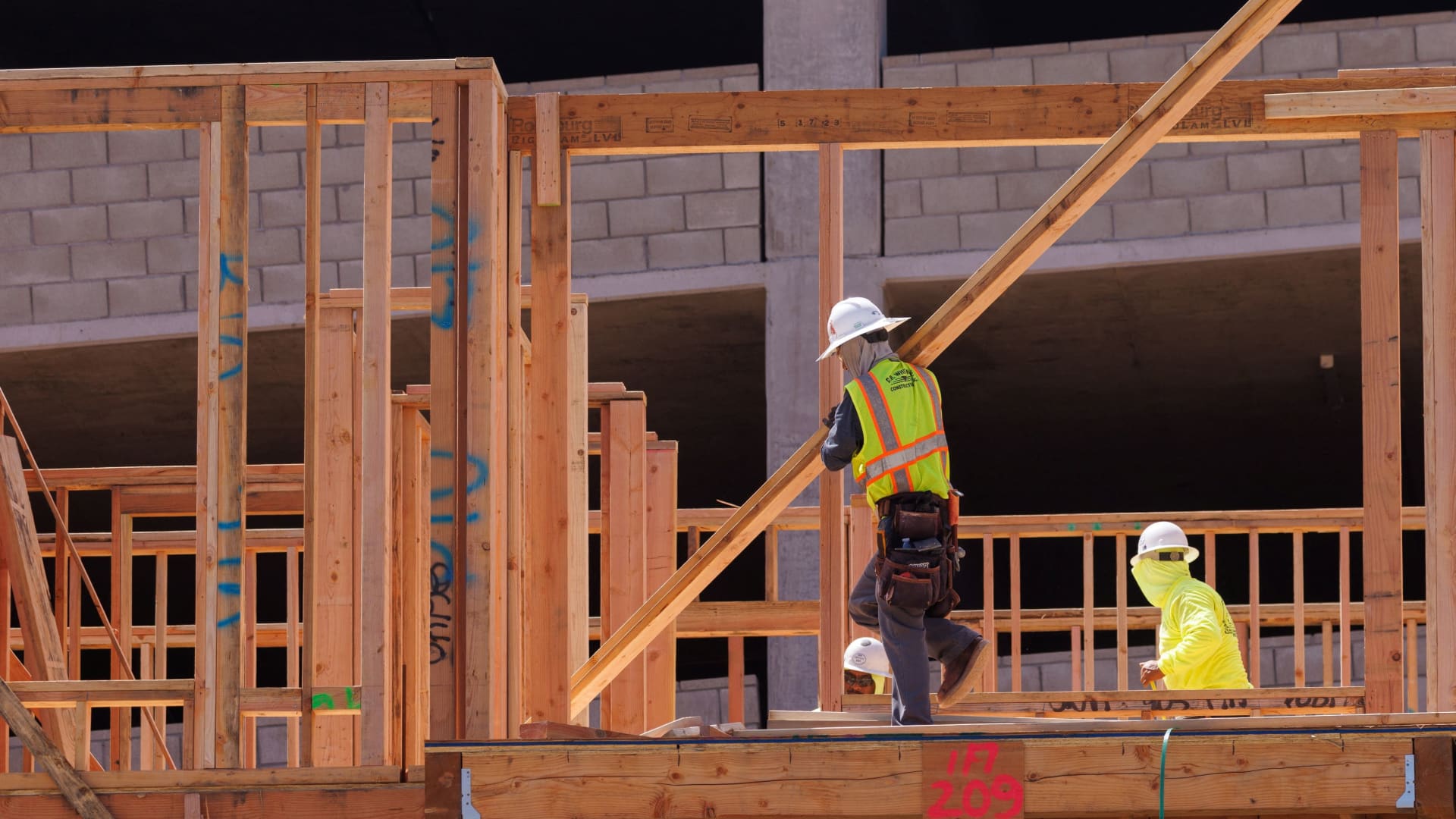Top real estate and banking officials are calling on the Federal Reserve to stop raising interest rates as the industry suffers through surging housing costs and a “historic shortage” of available homes for sale.
In a letter Monday addressed to the Fed Board of Governors and Chair Jerome Powell, the officials voiced their worries about the direction of monetary policy and the impact it is having on the beleaguered real estate market.
The National Association of Home Builders, the Mortgage Bankers Association and the National Association of Realtors said they wrote the letter “to convey profound concern shared
among our collective memberships that ongoing market uncertainty about the Fed’s rate path is contributing to recent interest rate hikes and volatility.”
The groups ask the Fed not to “contemplate further rate hikes” and not to actively sell its holdings of mortgage securities at least until the housing market has stabilized.
“We urge the Fed to take these simple steps to ensure that this sector does not precipitate the hard landing the Fed has tried so hard to avoid,” the group said.
The letter comes as the Fed is weighing how it should proceed with monetary policy after raising its key borrowing rate 11 times since March 2022.
In recent days, several officials have noted that the central bank could be in a position to hold off on further increases as it assesses the impact the previous ones have had on various parts of the economy. However, there appears to be little appetite for easing, with the benchmark fed funds rate now pegged in a range between 5.25%-5.5%, its highest in some 22 years.
At the same time, the housing market is suffering through constrained inventory levels, prices that have jumped nearly 30% since the early days of the Covid pandemic and sales volumes that are off more than 15% from a year ago.
The letter notes that the rate hikes have “exacerbated housing affordability and created additional disruptions for a real estate market that is already straining to adjust to a dramatic pullback in both mortgage origination and home sale volume. These market challenges occur amidst a historic shortage of attainable housing.”
At recent meetings, Powell has acknowledged dislocations in the housing market. During his July news conference, the chair noted “this will take some time to work through. Hopefully, more supply comes on line.”
The average 30-year mortgage rate is now just shy of 8%, according to Bankrate, while the average home price has climbed to $407,100, with available inventory at the equivalent of 3.3 months. NAR officials estimate that inventory would need to double to bring down prices.
“The speed and magnitude of these rate increases, and resulting dislocation in our industry, is painful and unprecedented in the absence of larger economic turmoil,” the letter said.
The groups also point out that spreads between the 30-year mortgage rate and the 10-year Treasury yield are at historically high levels, while shelter costs are a principal driver for increases in the consumer price index inflation gauge.
As part of an effort to reduce its bond holdings, the Fed has reduced its mortgage holdings by nearly $230 billion since June 2022. However, it has done so through passively allowing maturing bonds to roll off its balance sheet, rather than reinvesting. There has been some concern that the Fed might get more aggressive and start actively selling its mortgage-backed securities holdings into the market, though no plans to do so have been announced.
